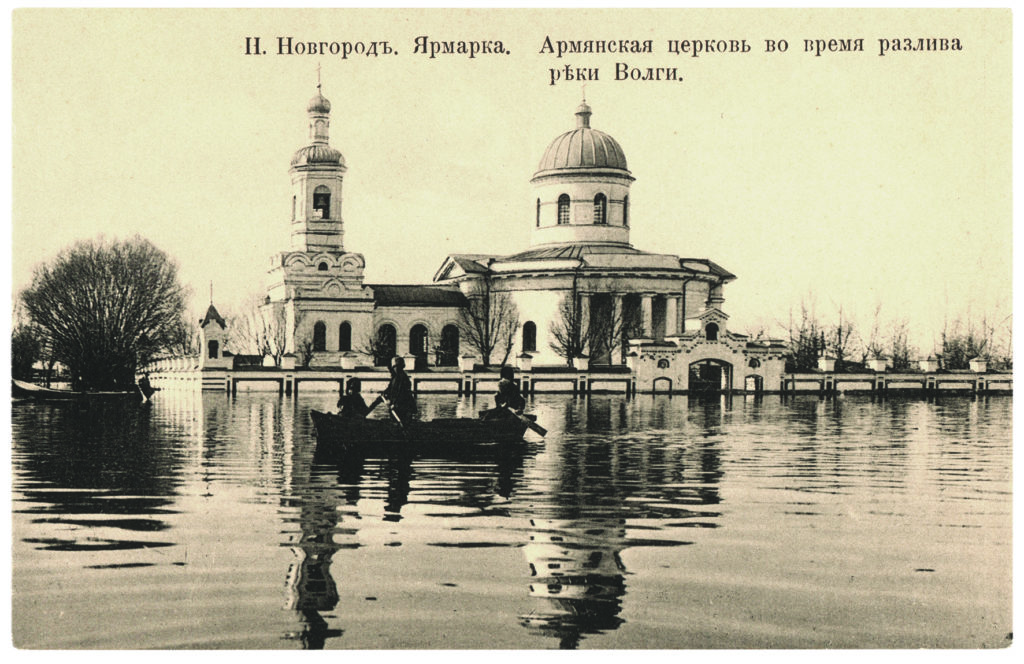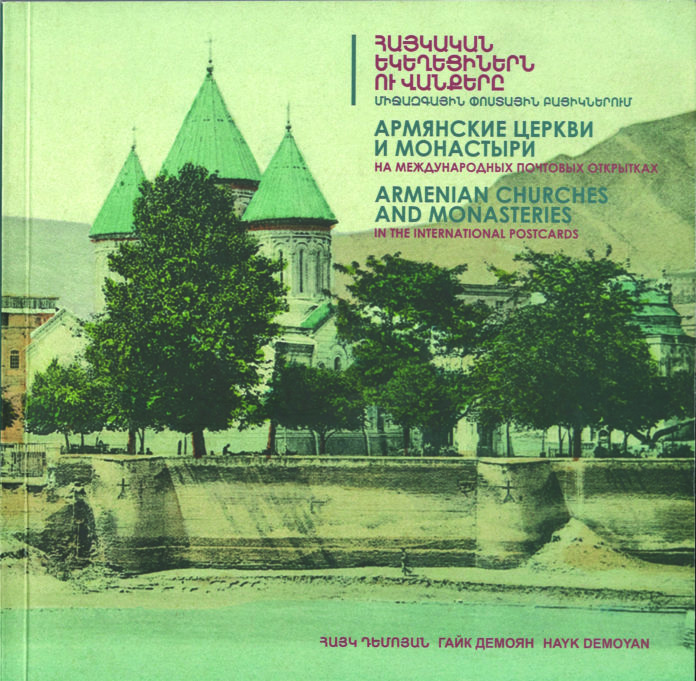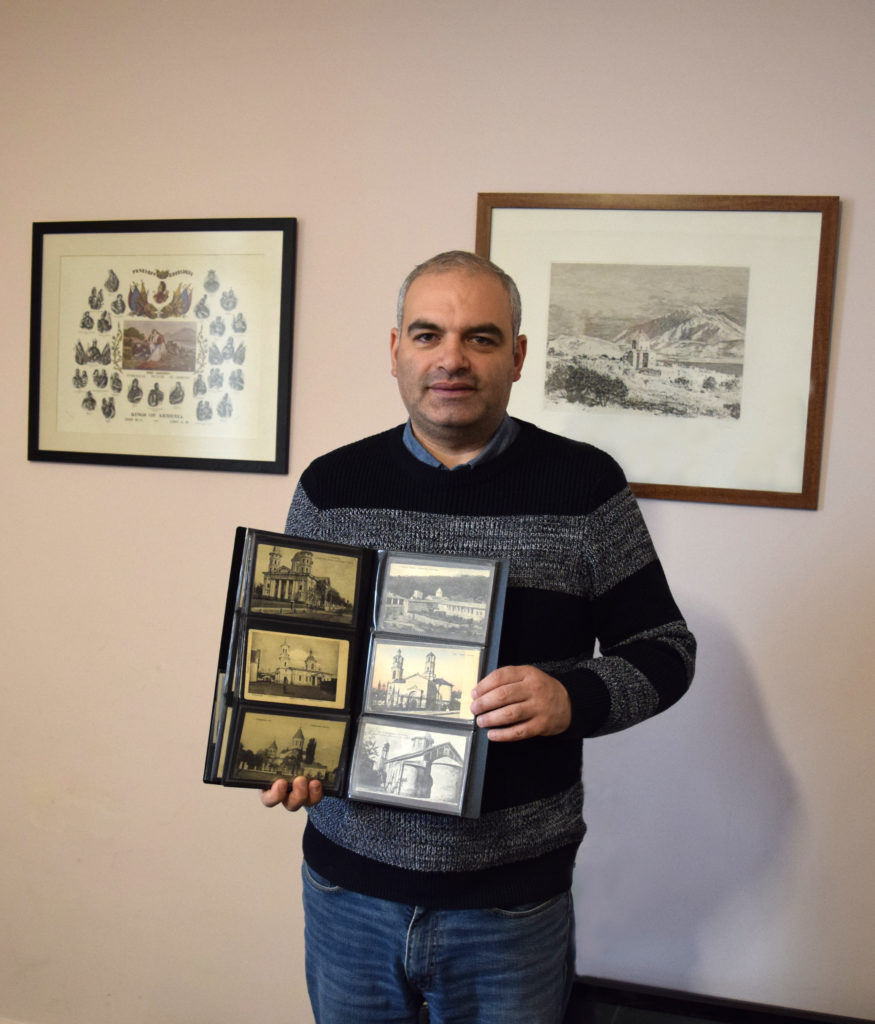YEREVAN — Postcards and photo albums of images of Ottoman Armenians and their cultural institutions have proliferated in recent years. Following this trend, Dr. Hayk Demoyan published a trilingual thematic album recently (2019) of Armenian Churches and Monasteries in the [sic] International Postcards. This 180-page medium-size color paperback volume reproduces images of postcards depicting Armenian churches and monasteries throughout the world from the late 19th and early 20th centuries, alongside a few engravings and photographs. All text is reproduced in Armenian, Russian and English.
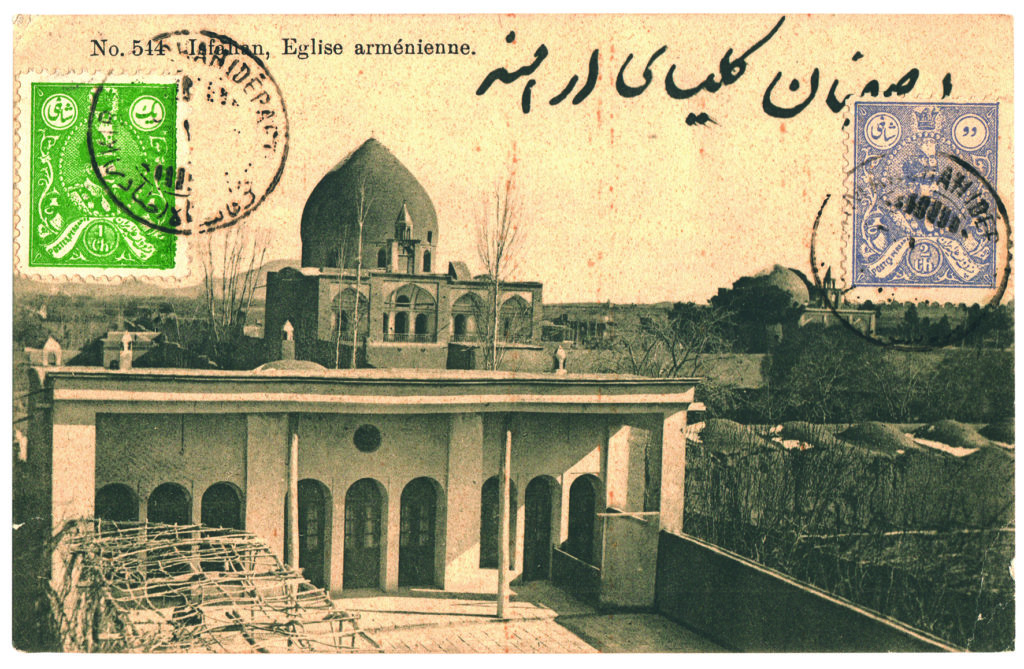
The book is divided into four major geographical categories or chapters: Armenia and the Caucasus, the Ottoman Empire and the Middle East, the Russian Empire, and Europe and America. These categories are at times only loosely applied. For example, some sites in Western or Ottoman Armenia are included in the first category. While Aintab, Adana, Sis and Tarsus are included in this chapter, Urfa and Mersin are placed in the Ottoman Empire section. A postcard depicting Penang’s no longer extant Armenian church, and another showing the city harbor, are included in the Ottoman Empire and the Middle East chapter, though Malaysia is located in southeast Asia.
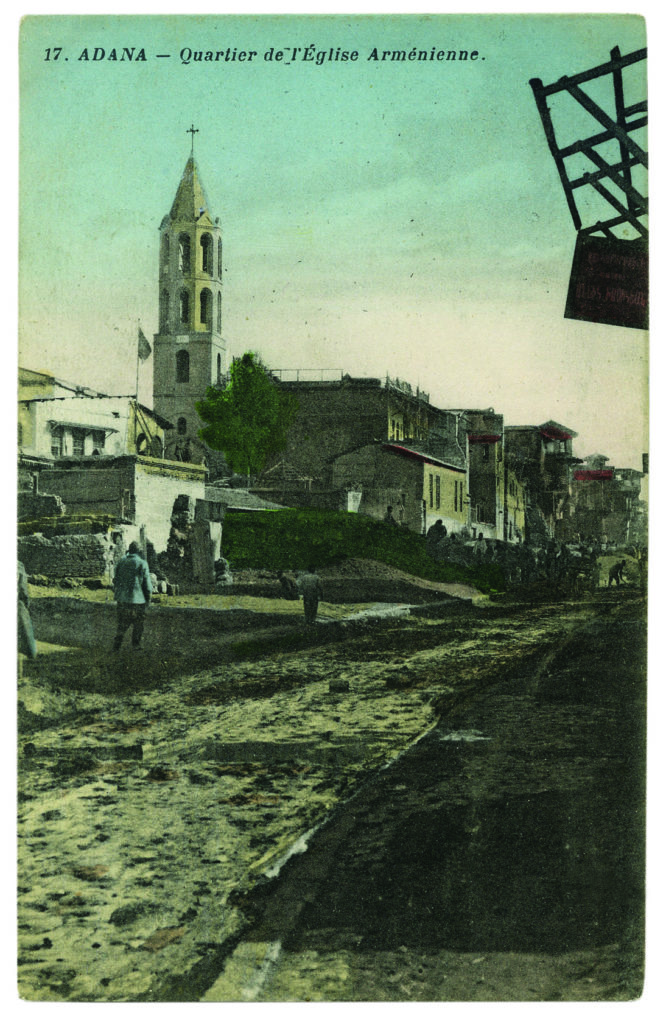
While America is included in the last chapter, there is only one Armenian-American church depicted, that of Fresno’s Holy Trinity Church, alongside a postcard with a panoramic view of the latter city. Demoyan frankly makes no claim to be exhaustive in this volume, and writes that he wishes to expand the contents in future editions. The majority of the images are taken from items in his private collection.
The images range from those of well-known institutions such as the cathedral at Echmiadzin and nearby St. Gayane Church, or the monastery complex at Lake Sevan to others which no longer exist. Examples include the Kamoyants Church of Saint Gevorg of Tiflis, destroyed in 1937-38, the Church of St. Gregory the Illuminator in Balti, Moldova, which was demolished in the 1950s, and the Armenian Church of the Holy Cross in Moscow, demolished in the 1930s.
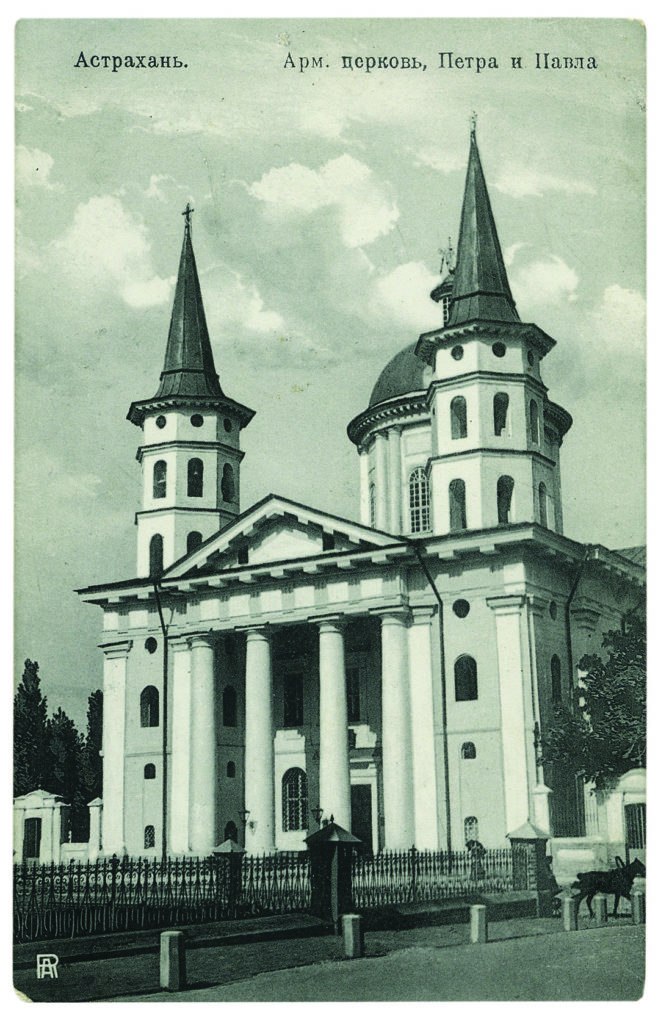
Demoyan usually adds in the trilingual captions the date of construction of an edifice and sometimes the name of its architect, if known, as well as the date of the postcard on which it is depicted. He notes if the church or monastery has been since destroyed. If he does expand the scope of his work in future editions, it might also be interesting to include more background information on the individual churches. There are some minor discrepancies in the translations that can be regularized.
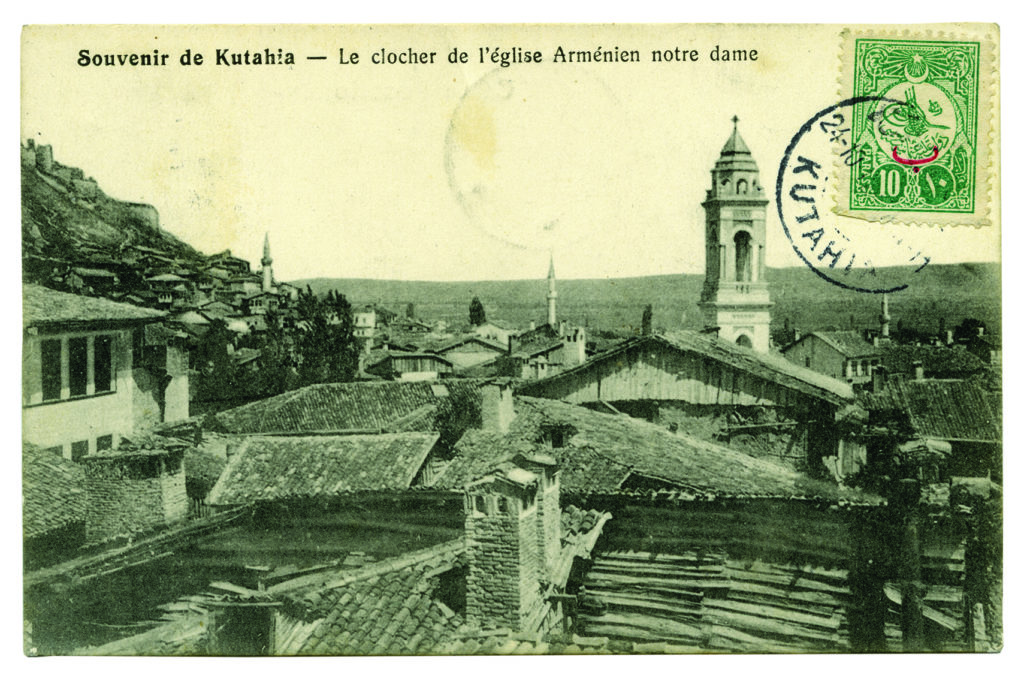
Aside from occasionally reproducing engravings or photographs of relevant churches, he also includes a few unusual auxiliary items such as a charity stamp issued to fund the construction of an Armenian church in Poti in 1900. The focus of the postcard images is on the churches or monasteries, not the postmarks or writings on the cards.
